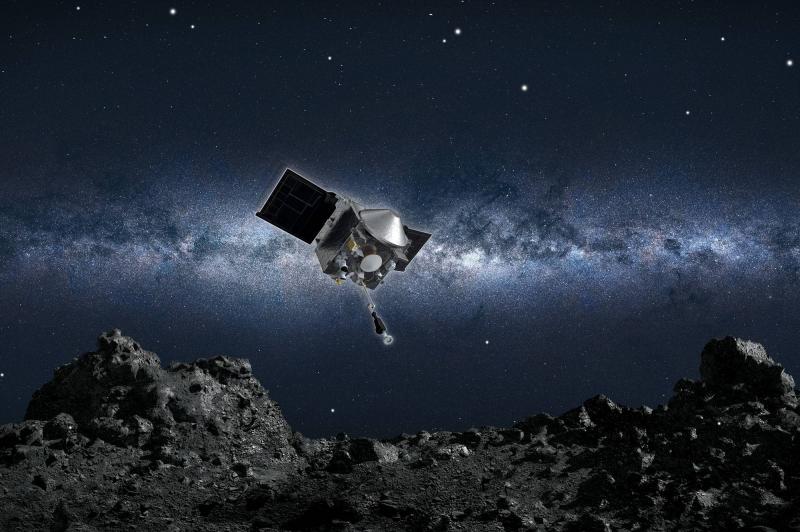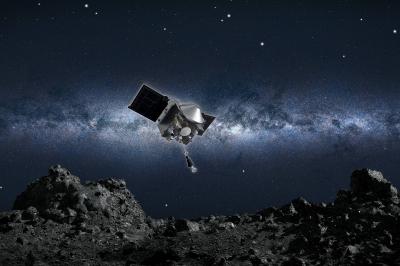The asteroid threatening Earth may be the last thing you want to see, unless it's within the confines of a museum for display. The Smithsonian National Museum of Natural History in Washington has unveiled the first public exhibition of a sample collected from the asteroid Bennu, which NASA considers a "potentially hazardous object." The OSIRIS-REx spacecraft collected the sample (100 to 250 grams), marking the first piece of extraterrestrial rock ever captured by NASA.
NASA scientists revealed the sample for the first time on October 11, after it returned to Earth aboard the OSIRIS-REx capsule. Kirk Johnson, director of the Smithsonian National Museum of Natural History in Washington, stated, "The OSIRIS-REx mission is an amazing scientific achievement that promises to shed light on what makes our planet unique. With the help of our partners at NASA, we are proud to showcase one of these important samples to the public for the first time."
Bennu is classified as a hazardous asteroid, with a 1 in 2,700 chance of colliding with Earth in 2182, which is the highest probability of any known celestial body. However, scientists are more interested in what is contained within the space rock: potential precursors to life on Earth outside the planet.
In a related update, NASA Administrator Bill Nelson remarked after the sample's return, "This is the largest carbon-rich asteroid sample ever returned to Earth. The carbon and water molecules are exactly the elements we hoped to find. They are crucial to the formation of our planet and will help us determine the origins of the elements that could lead to life."
Recently, some of these essential elements—including uracil, one of the nucleobases of ribonucleic acid (RNA)—were found on the asteroid Ryugu by the Japan Aerospace Exploration Agency's Hayabusa2 spacecraft, which returned a rock sample to Earth in 2020. The Smithsonian Museum is the first museum to publicly display a sample from Bennu, alongside the recovered OSIRIS-REx capsule and the Atlas V 411 rocket that launched it.




